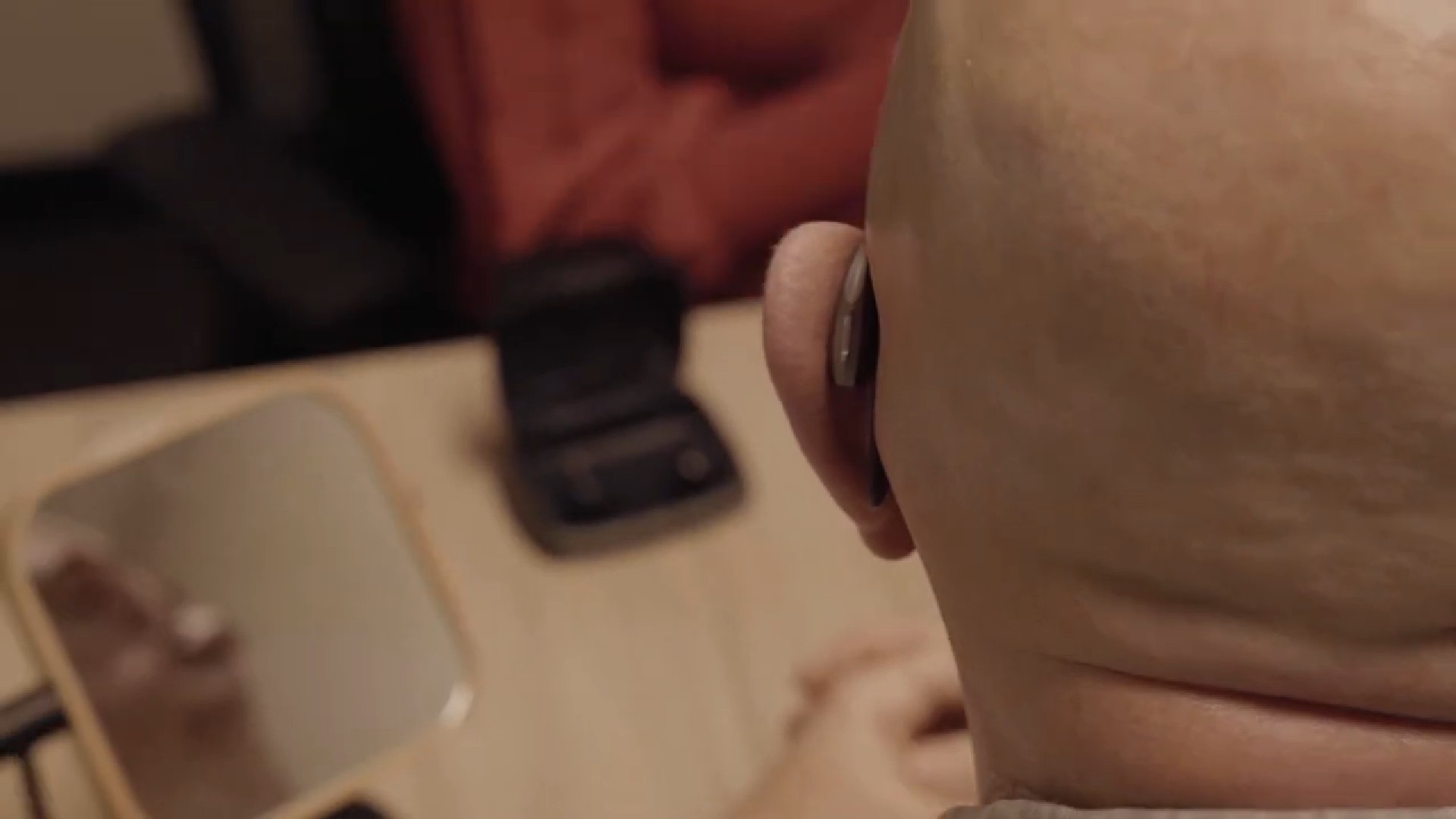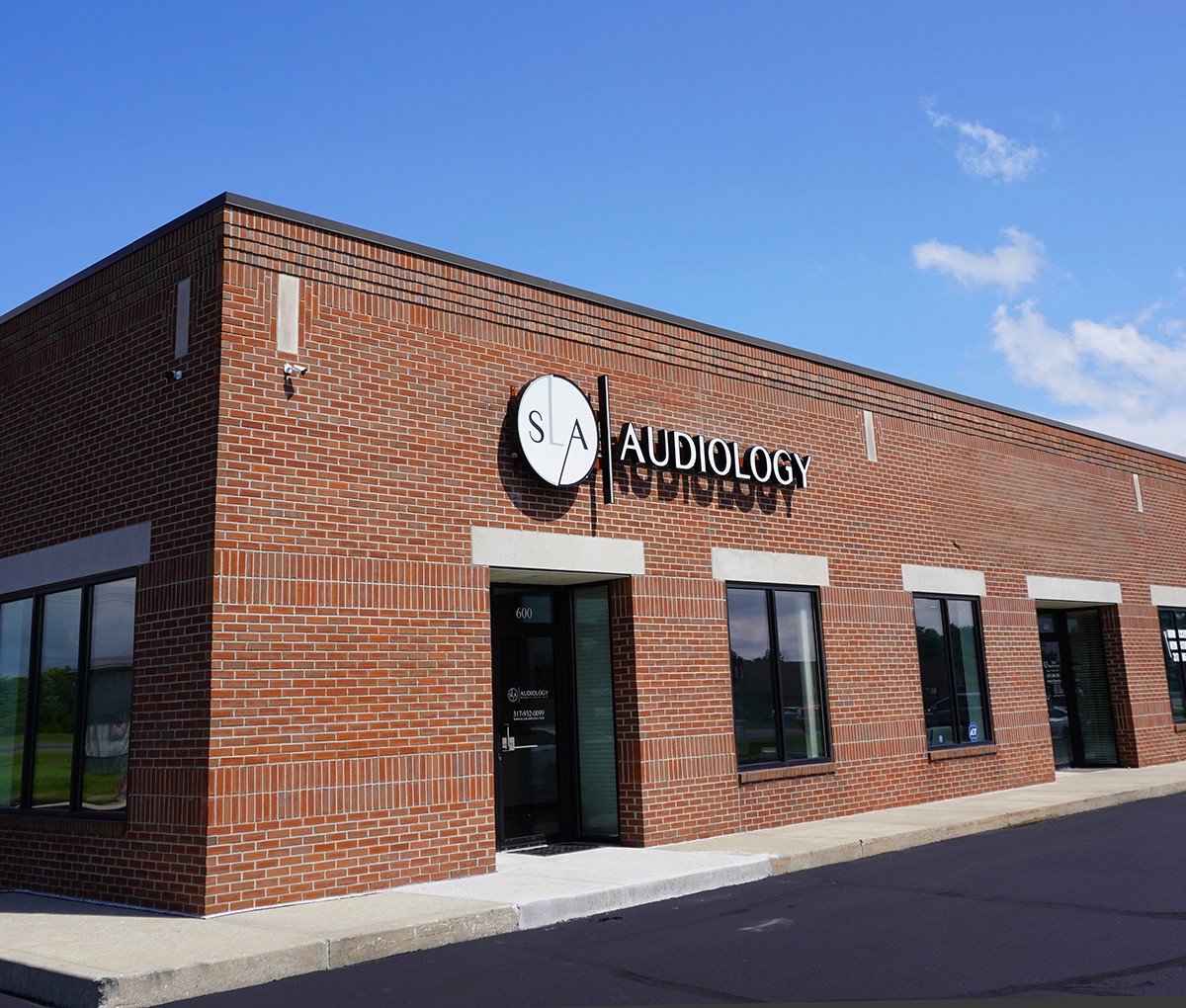Leading the Way in Hearing Innovation
Remember when hearing aids were bulky devices that drew unwanted attention? Today's technology has transformed those outdated notions into sleek, discreet, and powerful marvels. Modern hearing aids are not just about amplifying sound— they are about enhancing every aspect of your hearing experience.
Tailored to Your Needs
No two individuals are the same, and neither should be your hearing solutions. Our independence allows us to partner with top manufacturers, ensuring you receive devices tailored to your unique needs.
Whether you're at a bustling restaurant or a quiet book club, you'll be equipped for all of life's diverse settings.
Elevate Your Hearing Experience
With advancements in technology, hearing aids now offer features that make your life easier and more connected
A Commitment to Excellence
Our promise is to prioritize your hearing needs over profit. Unlike many clinics, we employ an "unbundled" approach: you only pay for the features you want and need, ensuring the care received fits both your lifestyle and budget.








